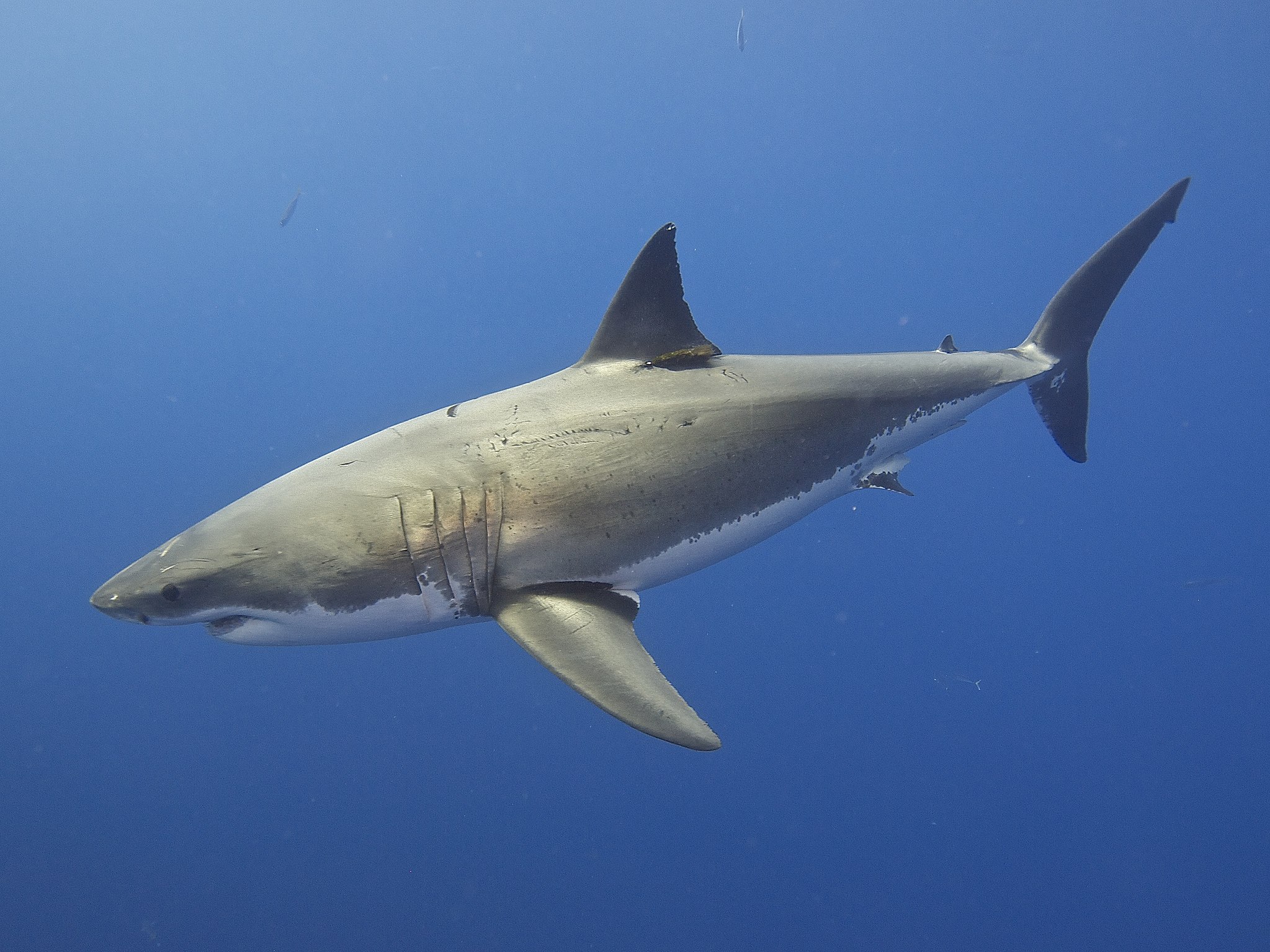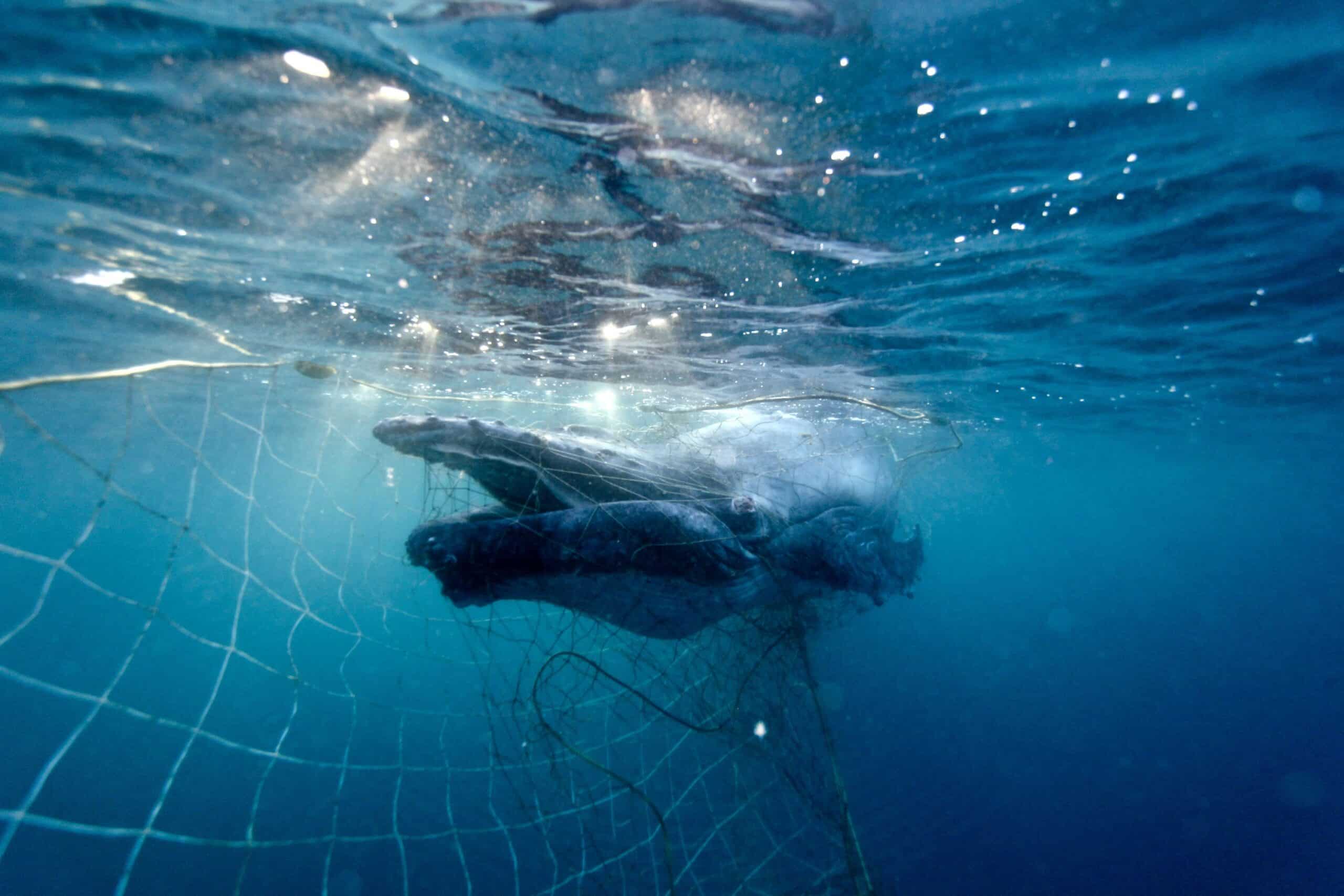Research shows that Australia’s great white sharks are highly related to each other and may consist of fewer than 500 breeding animals. SYDNEY, 24 June 2025: Latest research has found Australia’s great white shark population is much smaller than expected, increasing their vulnerability to further population threats. The population...
Since colonisation Australia’s dingoes have been relentlessly persecuted, mostly in the name of protecting farm animals. The archaic and cruel methods used to kill them remain largely unchanged in 200 years, not only causing significant suffering and failing to address the issue of predation, but putting Australia’s unique biodiversity at risk by disrupting naturally functioning ecosystems.
With many graziers reluctant to change practices while industry groups continue to back trapping, poisoning and shooting campaigns, definitional issues around what is and isn’t a dingo, and multiple pieces of interacting legislation typically guiding dingo management at the state and territory level, fighting for a better world for our dingoes is far from a straightforward task. Though for the sake of not just dingoes, but the environment in general, it’s a task we can’t shy away from.
Ecological Importance
Much like sharks in the ocean, wolves in Yellowstone and lions in the Serengeti, dingoes play a vital regulatory role in ecosystems as Australia’s largest land-based apex predator.
In many landscapes dingoes suppress the hunting behaviours of feral cats and foxes identified as the most severe and imminent threats to the survival of dozens of wildlife species including the bridled nail-tailed wallaby, greater bilby and spotted-tailed quoll. Our failure to recognise the damage that dingo control is doing, and consequently adapt these practices, may be a major factor behind Australia’s ignominious extinction record.
Humane Society International has attempted to address this issue by preparing scientific nominations to have “The loss or removal of dingoes from Australian landscapes” due to indiscriminate killing programs recognised as a Key Threatening Process under national and state environment laws. Regrettably these efforts are yet to result in improved circumstances for dingoes; however an ever-growing evidence base allows us to persevere with improved submissions.
Read more: Guardians of the ground
What’s in a name?
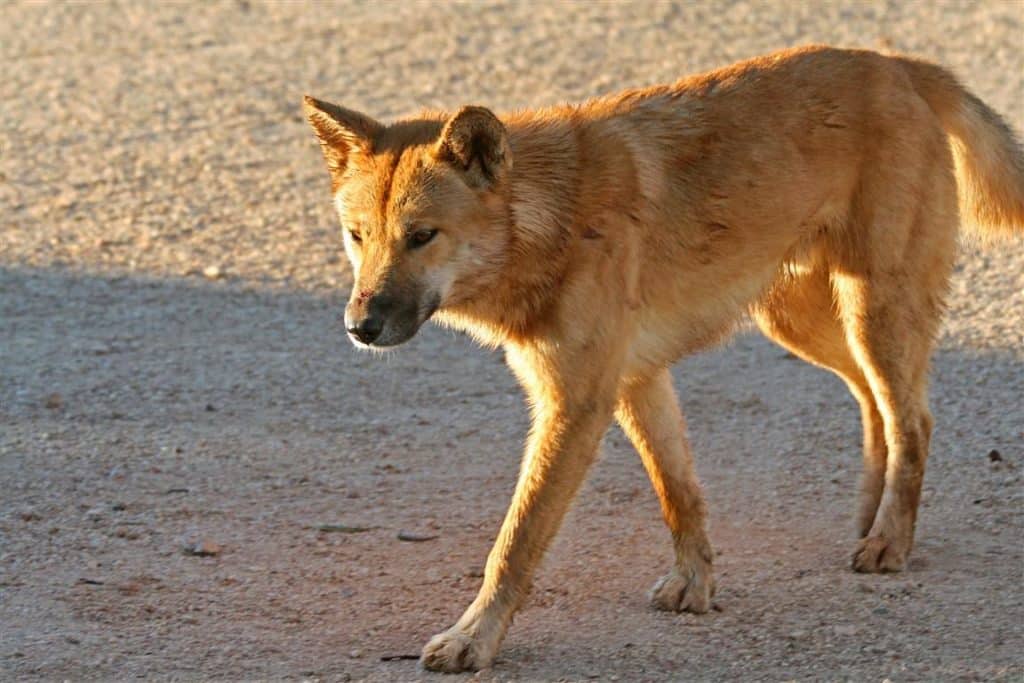
Complexities surrounding predator management are by no means unique to Australia, though comparisons with similar situations internationally reveal that our acceptance of cruel controls such as 1080 poison are out of step with the rest of the world.
A major reason for this is that hybridisation, the dingo’s ability to interbreed with domestic dogs, has been weaponised. The Australian public has essentially been conned by a push from industry groups to ‘other’ dingoes as wild dogs and make killing more palatable. Research has shown it to be effective – people generally likes dingoes, but view ‘wild dogs’ very unfavourably, and are largely unaware that in the eyes of the law and indiscriminate killing practices wild dogs and dingoes are one and the same.
The hybridisation issue has also led to seemingly endless disputes as to whether dingoes are a distinct species or not. Depending on where you look, you’ll see dingoes referred to as Canis dingo, Canis lupus dingo, or Canis familiaris (‘just a dog’) – recognising dingoes as a distinct species is important, but these debates can divert attention from the bigger picture of the need for dingoes in the landscape. Even if you draw a distinction between ‘wild dogs’ and dingoes, there’s no denying killing programs harm them both.
While the world looks to right past wrongs and reintroduce predators into their former ranges, Australia remains intent on killing them all
Read more: Weaponisation of hybridisation a disaster for dingoes
Bounties don’t work
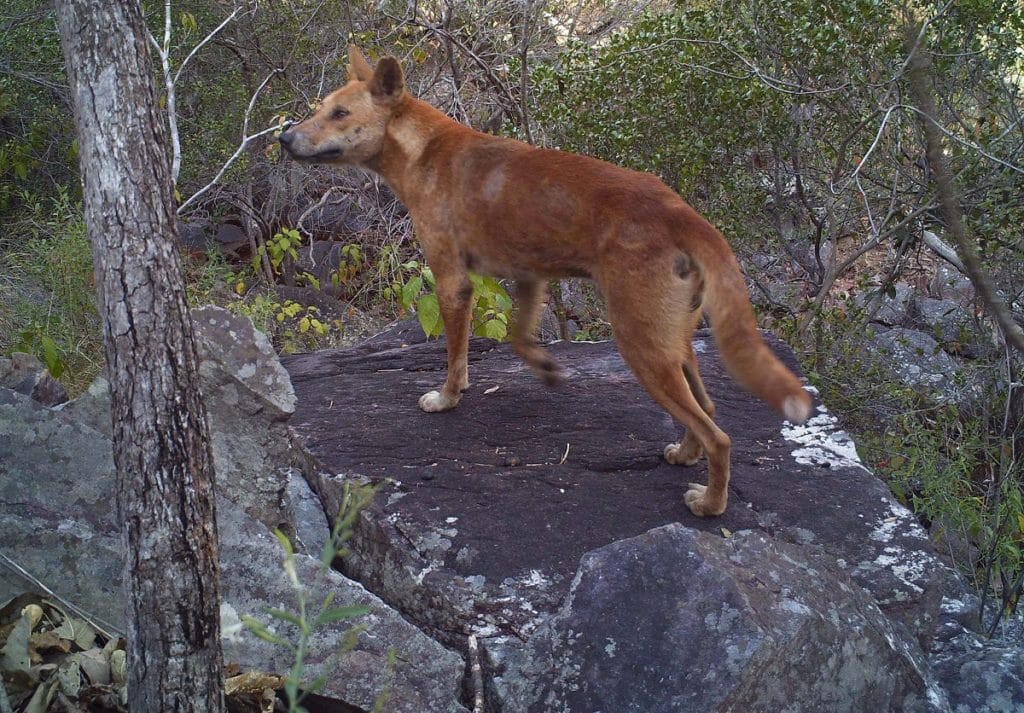
Despite an abundance of evidence that they are ineffective, states including Victoria and South Australia persist with dingo scalp bounty programs that should have been long consigned to the past. Studies have shown it’s next to impossible for a shooter to determine whether an animal is a dingo or a feral dog in the field, so there’s no doubt that dingoes will be shot and scalped through any bounty scheme – a ludicrous use of taxpayer money to incentivise the killing of a native species.
And as for protecting stock, fracturing dingo packs through controls such as shooting is more likely to exacerbate the problem of predation by encouraging opportunistic feeding patterns. Keeping farm animals safe is clearly important, but killing dingoes doesn’t do that – bounties serve no useful purpose and dingoes should never be seen in such an expendable light.
Australia has been stuck in the cycle of killing dingoes to the detriment of farmers, wild animals, and the environment for far too long. We’ve learnt a lot about the interactions between dingoes and farm animals, yet bounty programs continuing in 2020 shows we haven’t listened to the science.
Read more: South Australia’s war on dingoes a costly and cruel blunder
Unacceptably cruel killing

Compound 1080 (sodium fluoroacetate) is a notoriously cruel poison and the go-to for killing dingoes throughout Australia. As well as being used at the property scale, government agencies drop tens of thousands of poison-injected meat baits across the landscape from planes and helicopters with largely unknown consequences.
It’s a practice that would make most of the world shudder, but here in Australia it’s distressingly not even the cruellest method of control when it comes to dingoes. In states such as Queensland and Western Australia other poisons like strychnine, which stimulates the nerves of the brain to give heightened perception of what’s occurring while causing agonising deaths from asphyxia and exhaustion, are used.
Western Australia also allows the use of steel-jawed traps, banned in the rest of the country, to catch dingoes. It’s an incredibly cruel method that has no place in modern society, yet the Western Australian Government shirked the opportunity to improve their approach when reviewing the relevant legislation just last year. It’s a blight on Australia, and shows that we have such a long way to go.
Read more: Western Australia’s deceptive regression
There’s a better way!
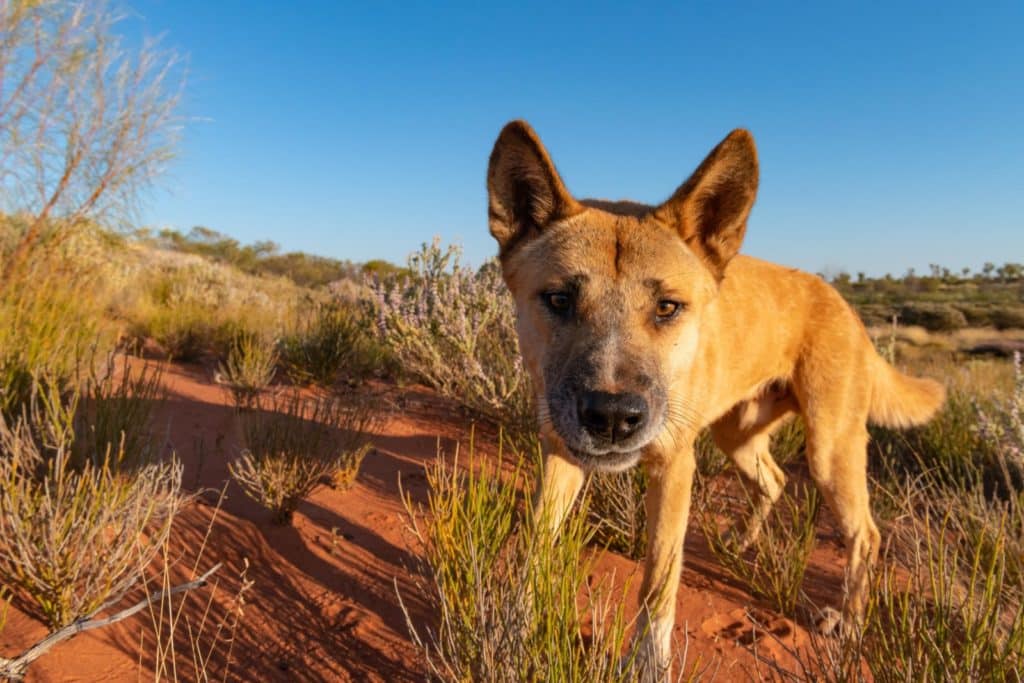
With a raft of more effective non-lethal stock protection alternatives not only available but actively in use by many throughout the landscape, there is simply no scientifically sound justification for killing dingoes in an attempt to prevent stock losses.
People have been tending stock for millennia, long before firearms and specialised poisons existed, and tried and true methods that have been used effectively for thousands of years include the use of guardian animals such as Maremma sheepdogs or donkeys, as well as more involved stock management such as the presence of shepherds and limiting the distance vulnerable animals need to walk to watering points.
Humane Society International advocates for investment to instead be directed towards developing and helping farmers to implement these more humane and effective alternatives, and is currently preparing a guidebook for Australian farmers interested in moving to non-lethal methods.
Coexistence with predators can be more productive and economically viable than lethal control, and with enormous animal welfare and environmental benefits, it’s also simply the right thing to do.
Read more: Dead dingoes don’t mean safe stock
How you can help
HSI is committed to advocating for Australia’s dingoes for the long-run, and as opportunities arise will alert supporters to actions they can take to add their voice and help to make a difference. Dingo issues are contentious, and with all mainland states and territories having a lot of work to do before reaching anything close to resembling humane management, we need all the help we can get.
To subscribe to our blog click here.
Evan Quartermain is Head of Programs at Humane Society International and has been with the organisation since 2010. A member of the IUCN World Commission on Protected Areas, Evan is responsible for HSI’s terrestrial habitat and wildlife protection campaigns and programs, with particular focus on legislative reform, flying-foxes, dingoes, and habitat protection through Threatened Ecological Community and Natural Heritage nominations.
Header Image: Gary Meredith; Video: Scott Morris; Walking Dingo: Kevin Autret; Dingo on Sanctuary: Ingrid Witte; Dingo in Trap: West Australia Dingo Association

